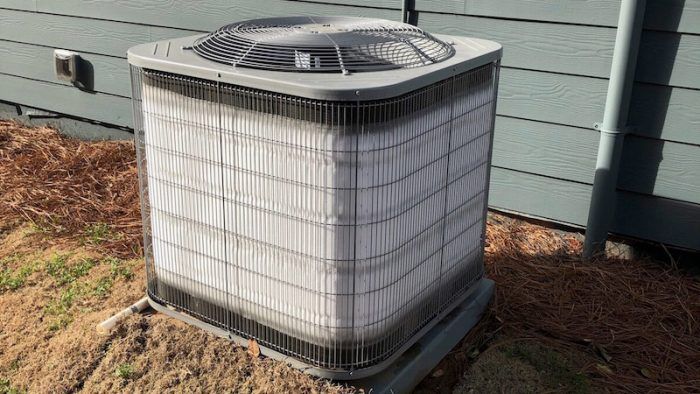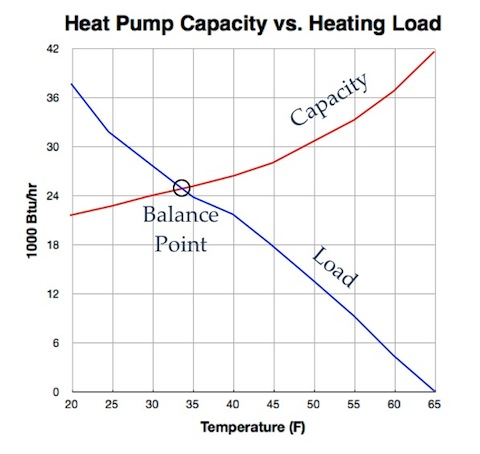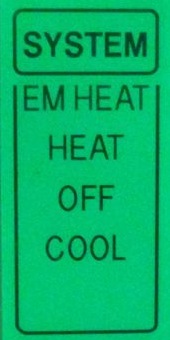Three Types of Heat Pump Heat
Conventional heat pumps can provide pumped heat, supplementary heat, or emergency heat, depending on how cold it is outside.

Since more people are using heat pump HVAC systems these days, even in cold climates, let’s spell out the three different types of heat that conventional heat pumps provide. Why not? We’ve just recently covered the three main sources of home heating and then stepped back and looked another group of three sources of heat for high-performance homes (as enumerated by Skylar Swinford). Now let’s zoom in a bit on heat pumps.
1. Pumped heat
This is the heat you get when the compressor runs. The compressor is what drives the refrigerant through the phase-changing, heat-exchanging thermodynamic cycle that allows your heat pump to extract heat from the cold outdoor air and transfer it to your warm indoor air. This is possible because the Second Law of Thermodynamics says heat flows from warmer to cooler objects…and the refrigeration cycle makes the outdoor coil colder than the outdoor air.
This type of heat is abundantly available when it’s chilly but not real cold. As the outdoor temperature drops, so does the amount of heat available in the outdoor air. That in turn reduces the capacity of the heat pump. As long as the outdoors isn’t at absolute zero —and it’s never absolute zero anywhere — there’s still heat available. It just gets harder and harder to move it indoors.
Eventually, the amount of compressor heat available drops below the amount of heat needed inside the home. That’s when you need…
2. Supplementary heat

As stated above, the heating capacity of a heat pump drops as the outdoor temperature drops. At the same time, the heating load of the house increases. At some temperature, the capacity is just equal to the load, a temperature we call the balance point. Below that, the load is bigger than the capacity and you need some type of supplementary heat.
As I discussed in the three main sources of home heat article, the supplementary heat is typically provided by electric resistance heat (also called strip heat). But it’s not the only choice. You could pair a furnace with your heat pump and have what’s called a dual fuel system. Or you could put a hydronic coil in the air handler, which is really nice way to provide your supplementary heat.
3. Emergency heat
And then there’s that setting on your thermostat you may have noticed. Maybe you’ve even been told to set your thermostat to it whenever it’s cold outside.

Heat pump thermostats have a fourth mode (after heat, cool, and off) called emergency heat, which turns the compressor off and relies on the supplementary heat source for all of your heat. If, as many do, your heat pump uses strip heat as your supplementary heat, then your heating bills will go up, possibly way up. Don’t do that!
Emergency heat is aptly named. If your supplementary heat is provided by electric resistance, you should use that setting only when the heat pump is not working and you can’t get any pumped heat.
Now you know all about heat from heat pumps. Or at least the three types of heat provided by conventional heat pumps. I guess I should say something about mini-split heat pumps, but I’ve got to go get some breakfast now so that’ll have to wait.
Originally published on GreenBuildingAdvisor.com.
Allison Bailes of Decatur, Georgia, is a speaker, writer, building science consultant, and the author of the Energy Vanguard Blog.





